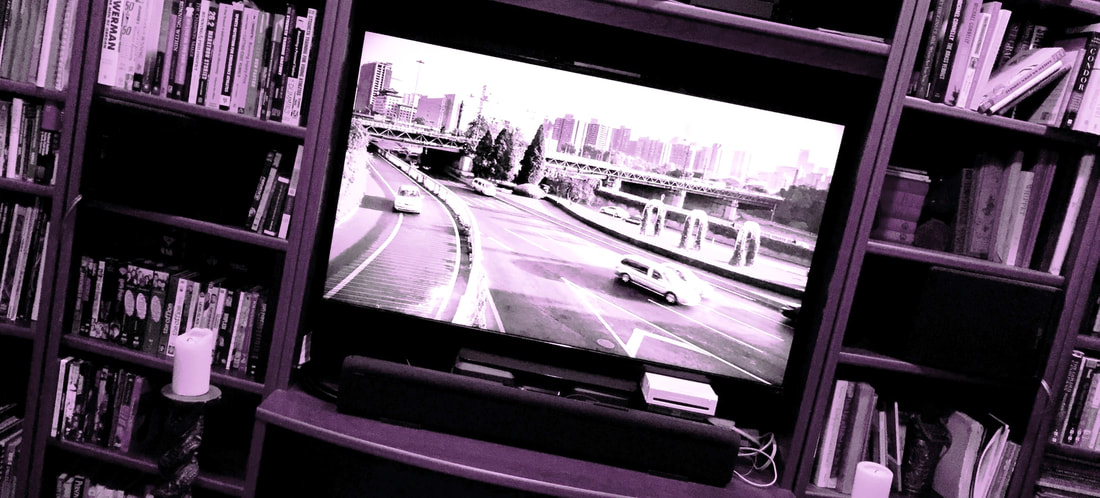|
I sometimes talk about leveraging the subconscious when it comes to creating ideas. Here’s one way… A frequent piece of writing advice is to take in TV shows and movies with an eye on the plotting, the logic being that a detailed analysis of the story as written will improve your plotting skills. Yeah, maybe. But mostly what it’ll do is give you a good understanding of how someone else might plot. Which is fine, but they’re not you, and your ultimate goal is to be the best version of yourself, not the best pastiche of someone else. Yet I think there can be a benefit to watching your favorite shows with an eye toward plot, if you do it pre rather than post the story event. When I’m watching a show and something is developing, what I ask myself is, What would I—as a viewer—like to see happen next? Sometimes I guess—sometimes aloud, to the consternation of my wonderful wife—and sometimes I’m right. Sometimes not. An unintended consequence of doing this is that you’re training yourself to look at story with the eye of a reader. Not a passive “feed-me-until-I’m-full” consumer, but an actively engaged reader who cares about the characters and who has preferences about what they might like to see happen to them. In other words, you’re training yourself to plot. Not to analyze plot, but to create it. Not based on some idea of what—in theory—other people might want or expect to see, but based on what you—as a fan, as a lover-of-story, as a reader—might want to see happen next. And the cool part is, this totally translates from watching to writing. As I’ve mentioned before I like to think about plot when I’m running or showering or engaged in some other low-concentration activity. And I typically see my written scenes in my mind like clips from a film. But what I’m really doing when I’m thinking about the plot of a story I’m writing is similar to when I’m watching a favorite TV series… I’m watching a short clip of the story and I’m thinking, “As a viewer, what would I most like to see happen next?” I play different versions in my mind until I get that aha moment where I think, “Now that would be cool to see happen at this point!” A benefit of doing this is that instead of following a pre-conceived sequence of events, at each major turning point you’re getting a pretty direct read of what your subconscious has been working on regarding story direction. I’m not against outlining. At all. Some very successful writers do it extensively, others not as much. Personally, on the Plotter/Pantser scale I lean about 60/40 toward Pantser. And I think one of the reasons why is that if prior to writing I was asked to decide on some specific plot events that might happen 2/3 the way through the book, my natural response would be, “By the time I’m a couple hundred pages into the book I’m bound to have a better handle on the characters and their story than I do now, so the smart move might be to wait until then.” Basically, I trust that future-me will be better equipped to tell that part of the tale than present-me, because he’ll know much more of the nuances than I do currently. So the next time you’re in the middle of a manuscript and you’re stuck, here’s an idea: Don’t think about what you think should happen or what you think your target audience expects to happen or what you think other writers might do. Think about what you—as a reader—would be most excited to see happen next, if you were in the middle of reading the book instead of writing it. And then make that happen.
0 Comments
Leave a Reply. |
The Craft and Business of
|

 RSS Feed
RSS Feed